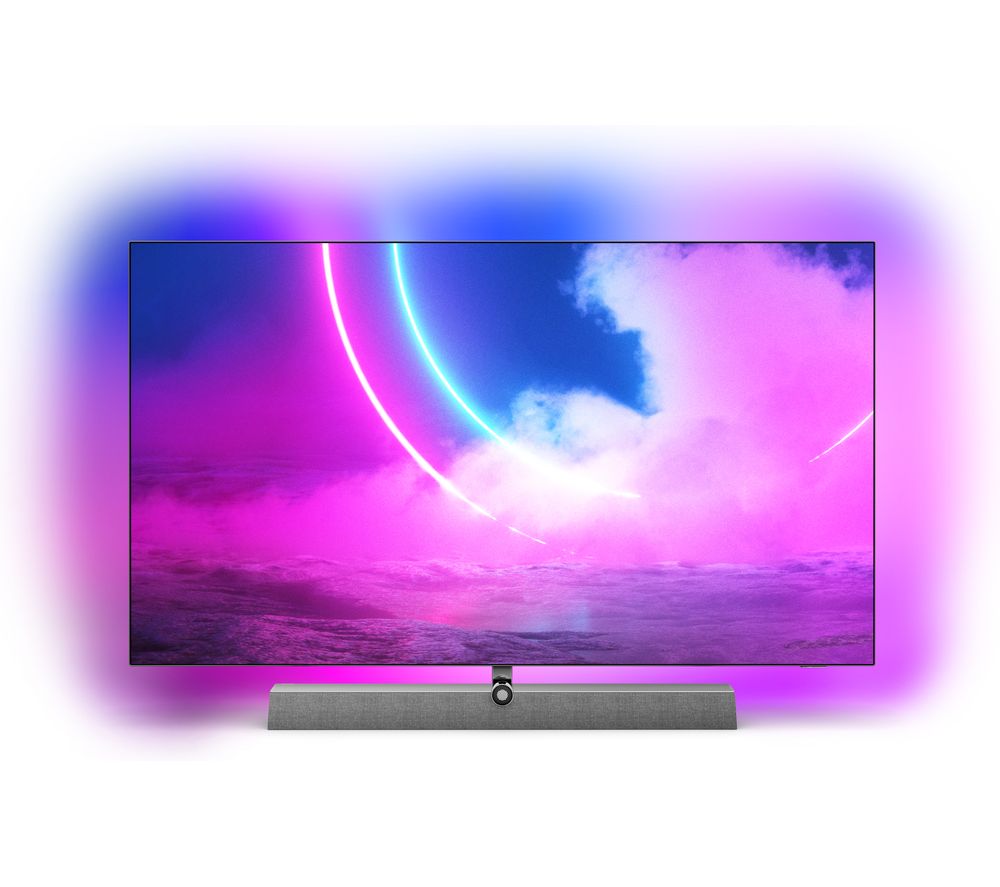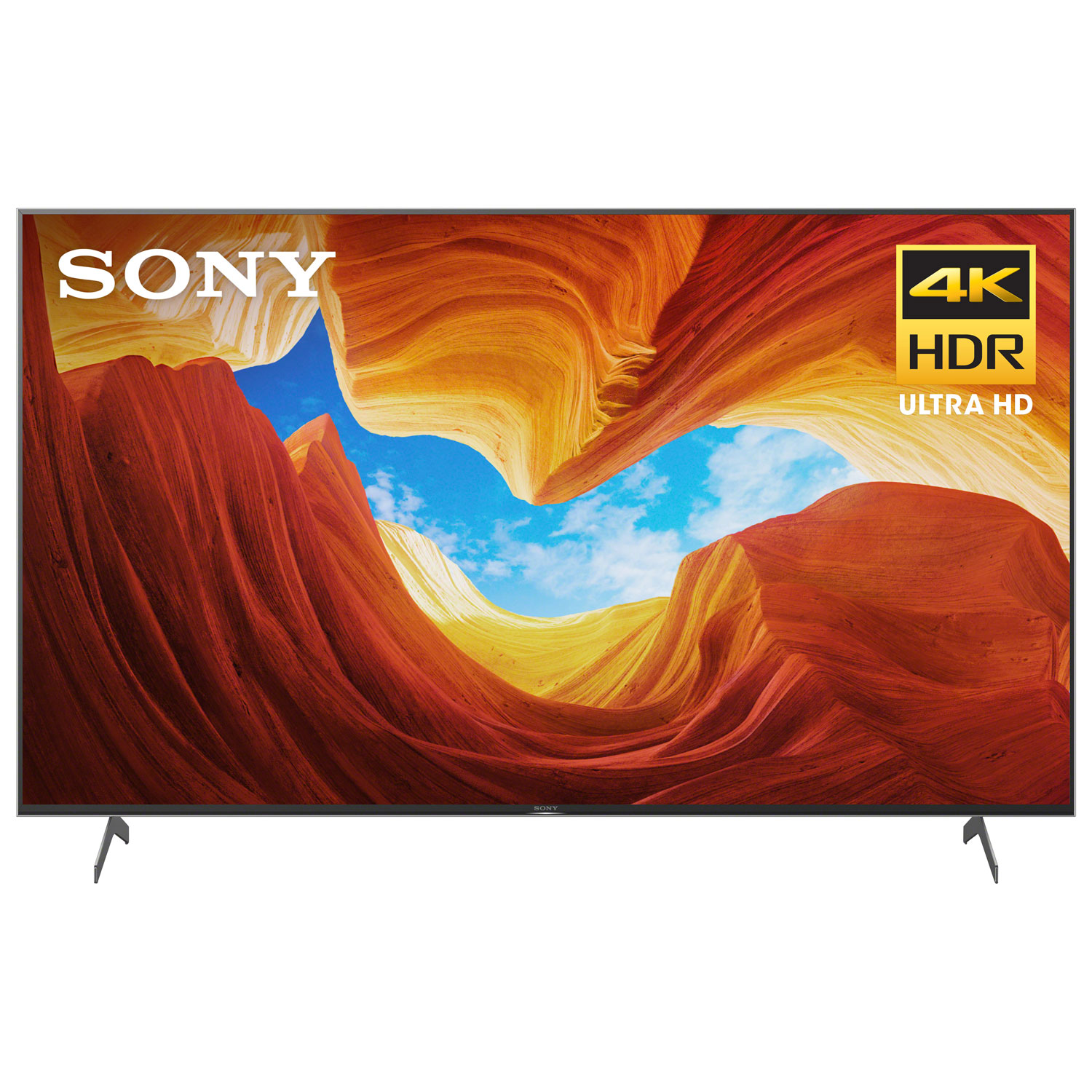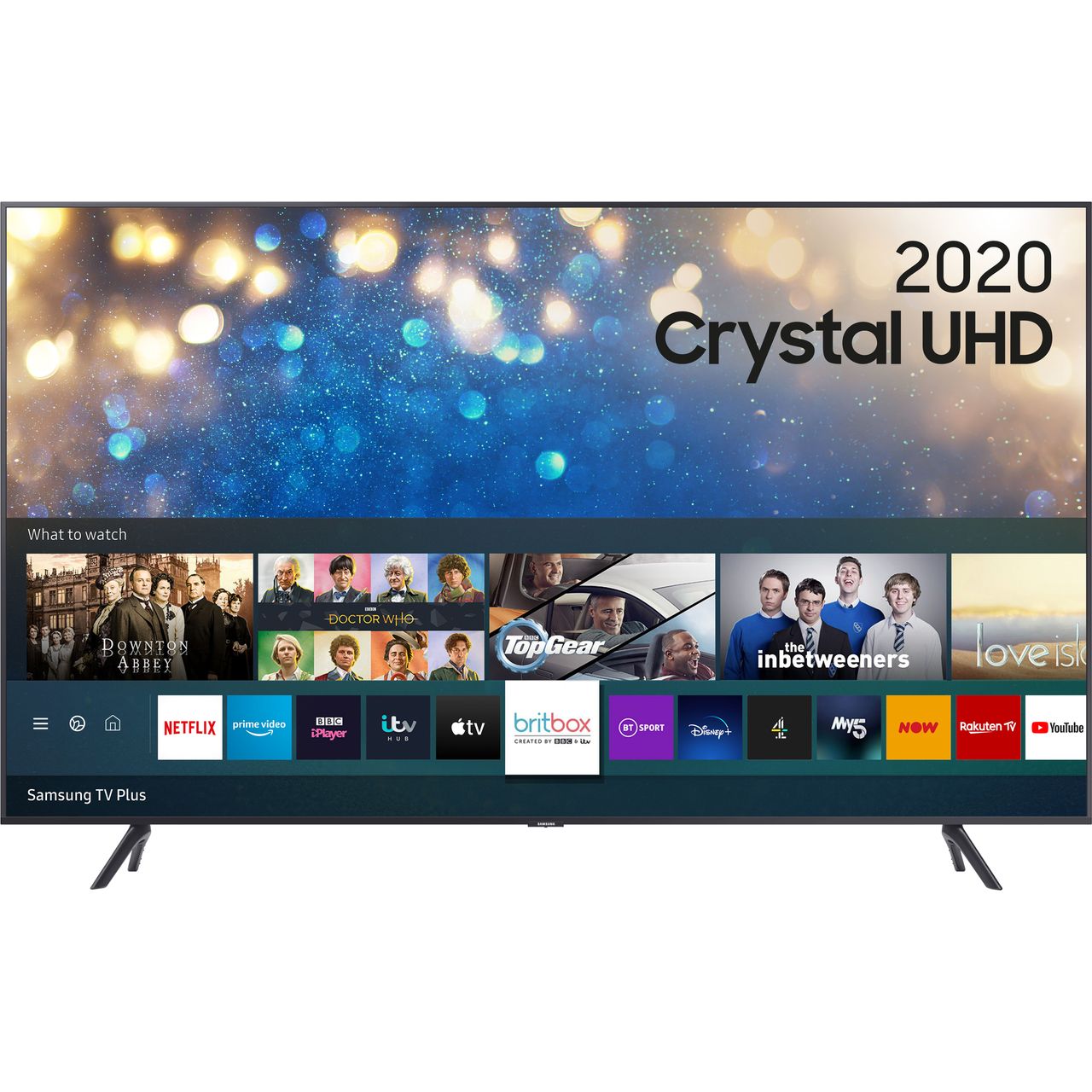PHILIPS Ambilight 48OLED935/12 48″ Smart 4K Ultra HD HDR OLED TV with Google Assistant
Speaker sound by Bowers & Wilkins. Ambilight LED lighting for immersive entertainment. Picture quality: 6600 PPI. HDR: Dolby Vision / HDR10+. Catch-up TV & 4K streaming.
Get a more realistic image
Discover shows and movies as the director intended with the Philips 48OLED935/12 48″ Smart 4K Ultra HD HDR OLED TV.
With an OLED panel, every single pixel is controlled individually, giving deeper blacks, more vibrant colours and better contrast for an image that will look and feel stunningly lifelike. Even details in the shadows and brightest scenes will be precisely reproduced, so you won’t miss those all-important moments of the fight scene that happen in the dark.
Sound by Bowers & Wilkins
With the 48OLED935 OLED TV you get an exclusive built-in soundbar speaker, which delivers stunning sound from the experts at Bowers & Wilkins. You’ll get better dynamic range with rich, punchy bass and clearer detail, so you’ll hear every note, even if the volume is low – it will take your whole viewing experience up a notch. It looks great too thanks to the premium fabric cover from Kvadrat.
Be immersed with Ambilight
From movies to games, get more immersed in your content with Philips Ambilight. Intelligent LEDs around the edges of the TV panel cast the colours on your screen onto the wall behind it and into your room, creating a stunning effect that will make your screen feel bigger and give every show a tailored, real-time light show. With perfectly tuned ambient lighting, your TV will be even more impressive.
Every picture enhanced
With HDR and Philips P5 Perfect Picture Engine, every scene will be enhanced for a brilliantly vivid image. Finer details will be deeper, skin tones will look more natural, and motion will be perfectly smooth – perfect for fast paced sports and movies. You’ll get a full sensory experience that captures all the original richness of your content.
And with Dolby Atmos, you get virtual surround sound that makes you feel part of the action.
Convenience at your fingertips
Say goodbye to the hassle of endless scrolling and use your voice to control your TV. With the in-built Google Assistant, whether you want to start your PS4, search for a movie on Netflix, or find an app in the Play Store, all you need to do is ask. You can even control other Google Assistant compatible devices around your home, like smart light bulbs or the thermostat without even needing to get up.
With the Google Play store and the Philips App Gallery, there’s loads of content for you to explore. Get movies, boxsets, music, apps, games, and more all directly to your TV – there will be something to keep everyone happy.
Additional information
| Dimensions | – TV with stand: 717 x 1069 x 261 mm (H x W x D) |
|---|---|
| Weight | – TV: 13.4 kg |
| Guarantee | 2 years |






by Paul
Picture is amazing. Not had to fiddle about with the settings.
by Jamie
am blight is great, picture quality is amazing, sound is decent.
by Anthony
The image quality with HDR10+ and Dolby Vision sources are absolutely stunning. This is the primary reason to buy this TV. Watching standard definition TV is now painful. Ironically, I’m now watching less television!